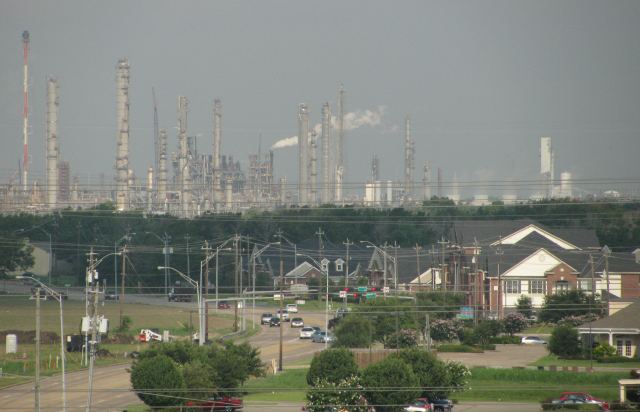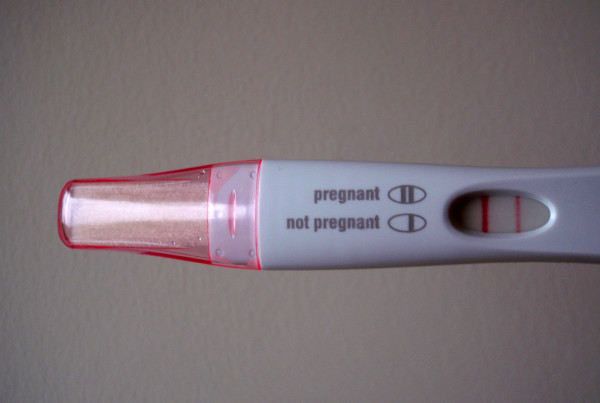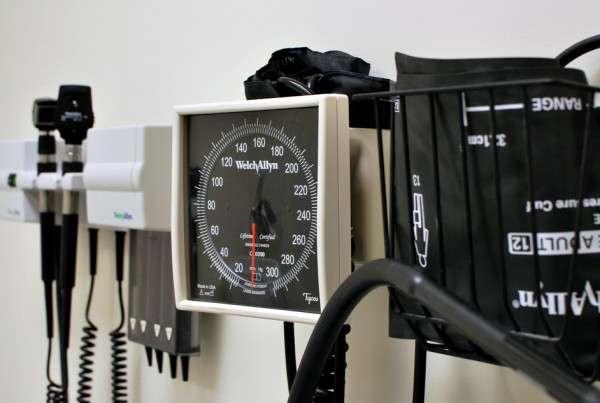This story originally appeared on Houston Public Media.
A new scientific study by the state of Texas finds higher than expected levels of certain cancers east Harris County and eastern Houston neighborhoods. But the report only looks at the incidence of cancer. It does not investigate possible causes, such as pollution, nearby industry, lifestyles or random chance.
The study is significant because it was conducted by the Department of State Health Services, not an outside group. The complete report can be read below.
Many residents of east Harris County have long suspected pollution may be harming their health. Neighborhoods there are close to petrochemical plants, oil refineries, several Superfund sites, and other waste and industrial businesses.
But the new report does not address the environment or other potential causes of elevated cancer rates. It simply examines cancer rates by census tract from 1995 to 2012.
Jackie Young, an environmental advocate, said the new study is just a start, but it’s a good one.
“What is making everyone so sick?” Young said.
She has been fighting for the clean-up of a Superfund site called the San Jacinto waste pits. It contains dioxin from paper mills waste that has leaked into the river. It has been temporarily capped, but environmentalists suspect some of the toxins have also flowed into nearby residential areas during flood events. It may have also polluted well water.
“We knew that a lot of our residents and community members have cancer,” Young said. “We know children who have gone blind due to rare forms of cancer. But I was overwhelmed at the amount of cancer that Texas Department of State Health Services found in their study area.”
In certain census tracts, the report found much higher levels than expected for childhood cancers of the brain, skin and eye. Some types of adult cancer were also found at higher rates than expected in certain tracts. In the entire study area, the assessment found more cases than expected of childhood lymphoma and melanoma, and increased cases (for all ages) of brain cancer and cervical cancer.
Establishing the existence of a cancer cluster, and then tracing it to a clear-cut carcinogen, is extremely difficult, said Lisa Gossett, a professor of environmental management at the University of Houston-Clear Lake. Gossett is also an environmental attorney who has volunteered for the San Jacinto River Coalition, an advocacy group led by Young.
“Is there a proven exact connection between these illnesses and that site? I can’t say that,” Gosset said. “Have there been associations with this type of waste and some of these cancers in the past? My understanding is yes, there has been.”
Upon further investigation, some apparent cancer clusters are due to chance or an explanation like a mutation across an extended family, she explained.
But the professor said she was struck by some of the reported incidence rates, such as the childhood cancer rate for retinoblastoma, a cancer of the eye. It was 16 times the statewide rate in one census tract, and 14 times the rate in another tract.
“It’s not unusual to have things a little bit outside of the norm,” Gosset said. “But when you start getting 16 times the incidence, I would think that would raise concerns.”
Dr. Arch “Chip” Carson is an occupational medicine expert and toxicologist at the UT Health School of Public Health in Houston. He also warned that correlation does not equal causation.
“I don’t think we should jump to conclusions that these findings really mean that there are hazards associated with living in particular areas,” Carson said. “But we do need to go back and go through these data with a fine-tooth comb and figure out what the actual causes are associated with those things.”
Texas officials are considering a plan to do just that. The Department of State Health Services is assembling an expert panel to evaluate whether the state should conduct an epidemiological study to look for reasons why cancer rates are elevated.
It’s the first time Texas has taken this additional step of convening a panel, despite investigating more than 260 suspected cancer clusters across the state.
That in itself is noteworthy, Young said. She admits more research is needed, but she doesn’t think it’s a coincidence that cancer rates appear high in these neighborhoods, and that includes areas near the waste pits.
Young said skeptics of environmental explanations like to highlight unhealthy behaviors and lifestyles as the primary reasons why people get cancer – but they’ll have a hard time with this data, she predicted.
“It’s easy to make excuses – to a certain extent – for adults who have cancer,” Young said. “Because you’ve moved around, (or) maybe some people smoke. It’s much easier to make an excuse.”
The advocate went on to say: “But whenever you have children in multiple areas that have high rates of cancer, especially high rates of rare cancers, you can’t make an excuse for that.”
Industry groups in Houston and across Texas have long resisted calls for more regulation, saying companies have upgraded plants, comply with pollution laws and provide local jobs.
Even if future studies don’t show a reliable link between the cancer rates and pollution, it doesn’t mean pollution isn’t a problem for other diseases such as asthma and heart attacks, Carson emphasized.















